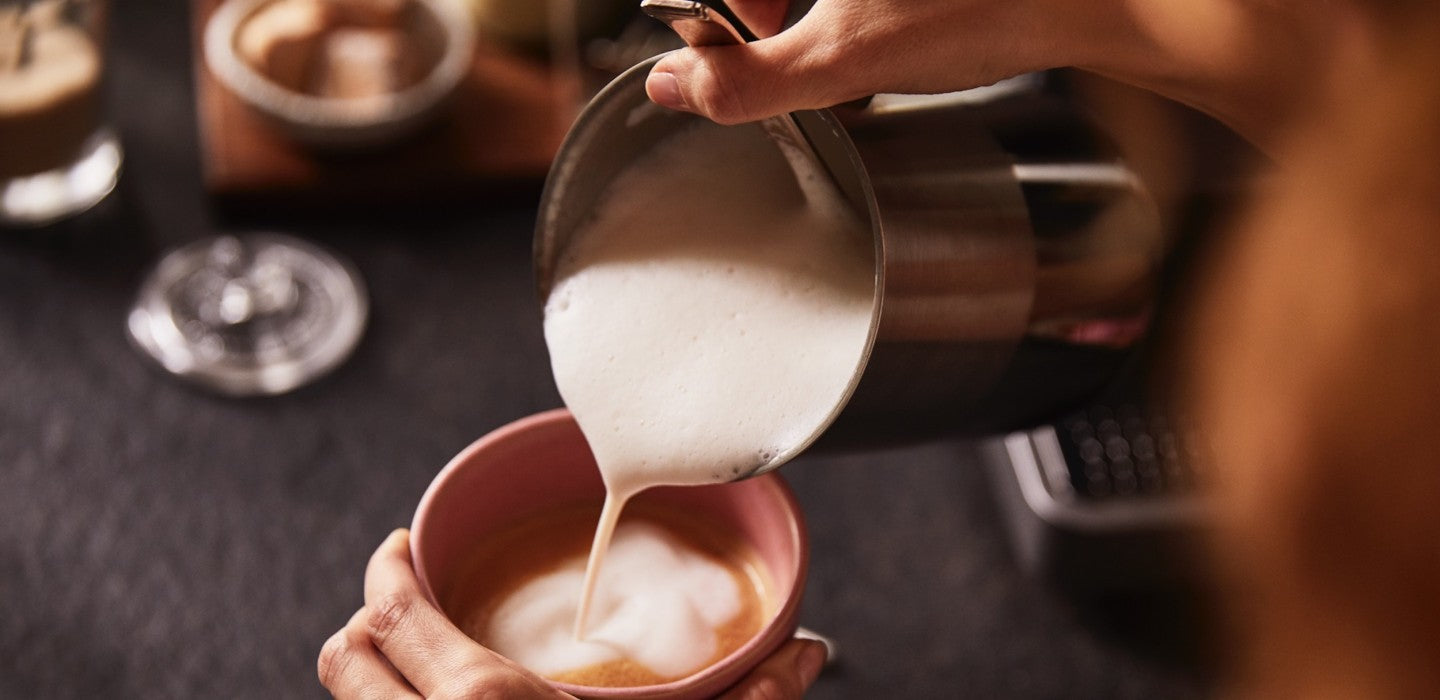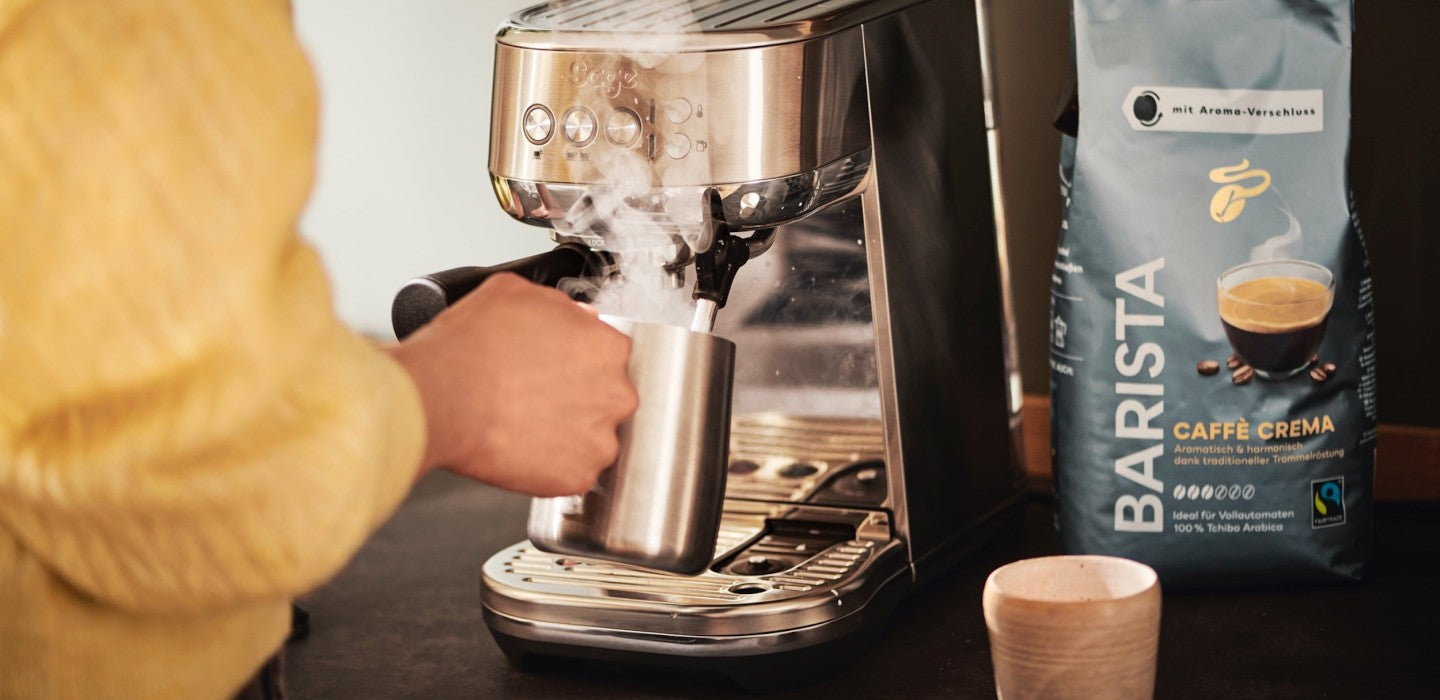Guide to Frothing The Perfect Milk Foam
For coffee aficionados, the joy found in a meticulously brewed espresso or the thrill of a carefully concocted cappuccino isn't only about the coffee itself. Many devotees of these beloved beverages also treasure the pleasure found in the perfect milk foam: creamy, firm, yet still able to flow. It might seem intricate on the surface, but with the steam wand of an espresso machine, the art of milk foaming becomes astonishingly straightforward.
Step 1: The Preparation

The first step towards your meticulously crafted milk foam requires you to prep your equipment. Begin by releasing any excess condensation water from the steam wand of your espresso machine. Following this, pour chilly milk straight from the fridge into a small or large milk jug depending on the amount of foam you desire.
Step 2: The Drawing Phase

Submerge the steam wand into the chilly milk and open the steam valve. Holding the milk jug in a manner so that the steam wand is just beneath the milk's surface will result in a scraping sound. This riveting 'music' to your ears is an indicator that you're on the right track.
Step 3: The Rolling Phase

Next, elevate the milk jug, causing the steam wand to dive deeper, which, in turn, propels the milk into a rolling motion. Keep this symphony of foam going until the milk foam begins to adopt a creamy consistency.
Step 4: Steaming until 70°C

You're almost there! Continue the foaming process until the milk has reached approximately 70° C. The best way to test this is if the milk jug becomes too hot to touch. At this point, you can close the steam valve and set the jug aside temporarily.
Step 5: Cleaning the Steam Wand

With the foaming process over, attention now shifts towards a crucial step: cleaning the steam wand. Wipe the wand with a damp cloth and blow out the nozzle. The heating process of the milk might cause particles to stick to the nozzle, which should be cleared immediately for the best results.
Step 6: Pouring and Enjoying

Now comes the most exciting part - your foam is ready to be savored. Slowly pour the foam onto your freshly brewed coffee and take pleasure in every sip.
What Milk is Best?
Generally every type of milk can be transformed into foam, irrespective of fat content. Even lactose-free milk, soy, rice, and almond milk can be used, although the foam might be less stable.
Lower-fat milk creates a stable, slightly drier foam, while full-fat milk results in an incredibly creamy foam, which is just the right consistency for Latte Art. Additionally, homogenized milk produces particularly stable foam. Overall, bear in mind that milk shouldn't be heated above 70° C, and soy milk shouldn't exceed 45° C.



Leave a comment
This site is protected by hCaptcha and the hCaptcha Privacy Policy and Terms of Service apply.